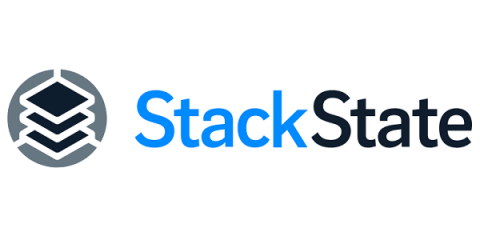It's Time for Observability Built for a Digital World
Today marks the start of a new chapter at Catchpoint, as we launch our digital experience observability platform. In this post, I’ll share with you some of the wider contextual factors driving this launch, as well as how the continuous evolution of our platform supports a massive market need.











